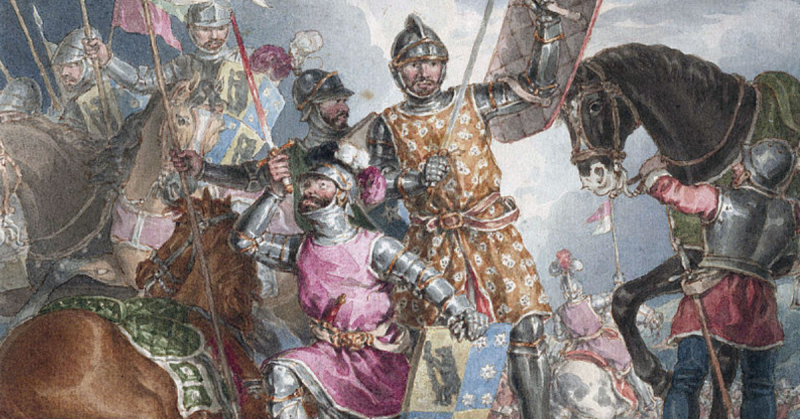Fought on the 29th of March 1461, the Battle of Towton was the bloodiest battle ever fought in England. In a single day, thousands of men lost their lives, important leaders were lost, and the balance of power in the country changed.
The Road to Towton
By 1461, the Wars of the Roses had been raging for six years.
The wars were caused by the weakness of King Henry VI, which led to a struggle for control between his wife, Margaret of Anjou, and Richard, Duke of York, the head of a powerful noble family descended from the royal line.
Richard was killed in battle in late 1460, leaving his 19-year-old son Edward as head of the Yorkist faction. With Henry in Margaret’s hands, the Yorkists could not control the country through the king. They gave up any pretense of loyalty and instead declared Edward as monarch, making him King Edward IV.
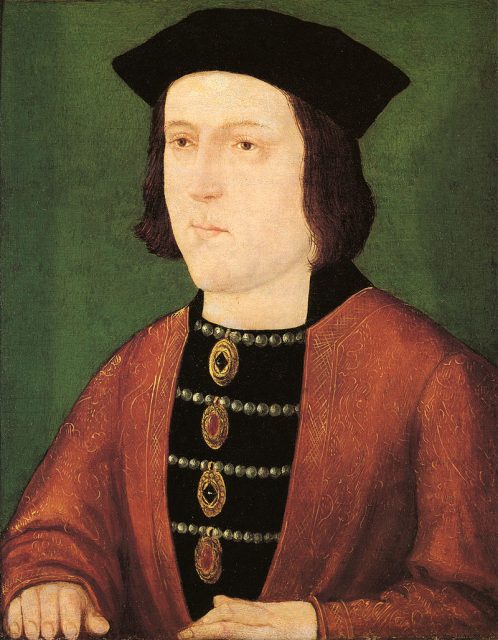
The Yorkists held London while their Lancastrian opponents gathered in the north. Edward marched out to deal with them before they could grow in strength.
Initial Skirmishes
The clash between the two armies began with small skirmishes.
At Ferrybridge on the 28th of March, Yorkists under Lord Fitzwalter were attacked by Lancastrians under Lord Clifford. Fitzwalter was killed and the Yorkists lost control of the river crossing.
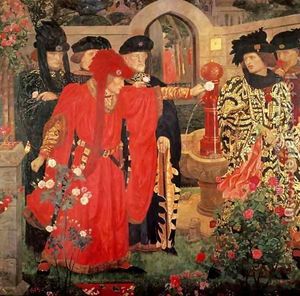
Edward responded by sending a larger raiding force led by Lord Fauconberg. They outmaneuvered Clifford’s Lancastrians north of Ferrybridge and pursued them to Dittingdale. Here, the Yorkists won the battle and Clifford was killed.
The Forces Assemble
The main Lancastrian army under the Duke of Somerset was waiting nearby. He had chosen to make his stand on a plateau south of Towton, where a river and its marshy banks would protect his right flank and a vale to the front would give him a defensive advantage.
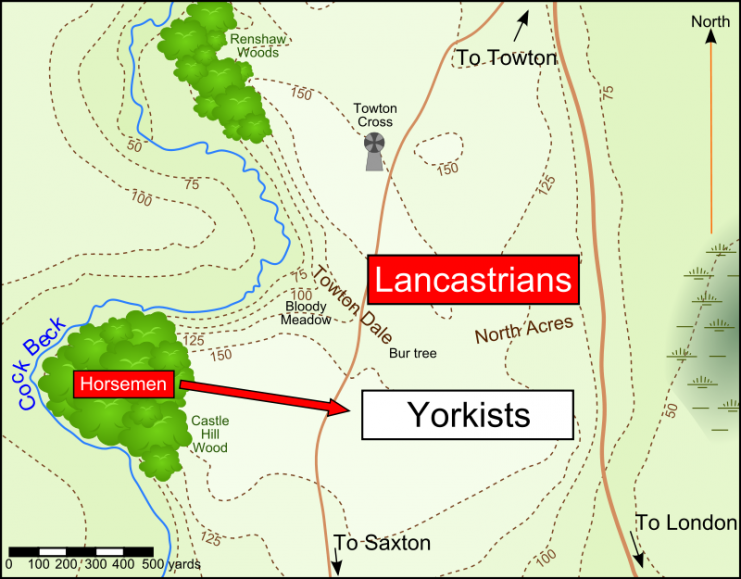
The Yorkist army, led by Edward and the powerful Earl of Warwick, arrived on the ridge opposite the Lancastrians on the afternoon of the 28th. Edward decided to wait until the next day to attack so that his whole army could catch up first.
After a bitterly cold night spent on exposed high ground, the two armies rose on the 29th and prepared to fight. But a significant part of Edward’s army was still missing. The Duke of Norfolk and his forces were nowhere to be seen.
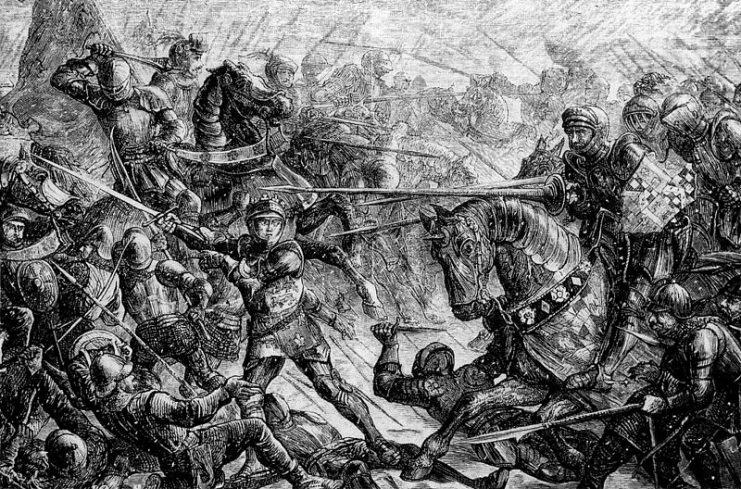
Exchange of Fire
The battle began with an advance by the Yorkist vanguard under Fauconberg. Their archers approached the Lancastrian line and unleashed a volley, hitting some of the enemy.
The Lancastrians returned fire, but with Fauconberg withdrawing and the wind and snow blowing in their faces, they were unable to hit the Yorkists. Thanks to poor discipline, they wasted most of their arrows.
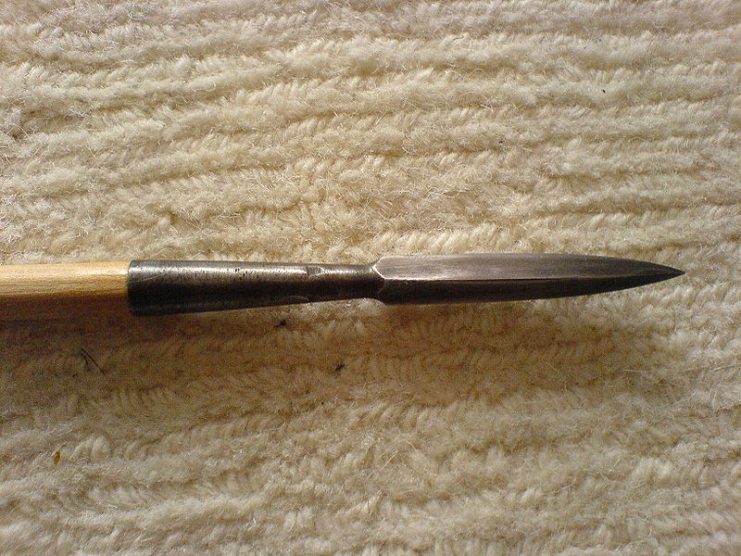
Fauconberg advanced again. Now his men had plenty of ammunition and the enemy almost none. With the Yorkists keeping up a steady rate of fire, the Lancastrians had little choice but to advance and attack them.
Up Close and Personal
The Lancastrians marched down their slope and up the one opposite, straight into the main Yorkist army.
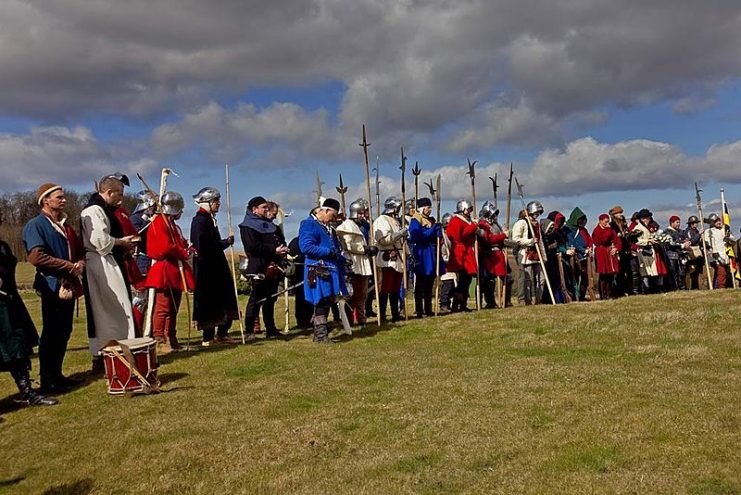
What followed was hours of brutal hand-to-hand fighting, men hacking at each other with swords and billhooks. Both sides fought hard and the commanders kept feeding men into the grinder. Soon, they were fighting over heaps of dead and wounded, especially on the steep western slope.
The Crisis Point
Edward, Warwick, and Fauconberg worked hard to hold their army together. The king showed incredible steel despite his youth, striding back and forth to offer men support and encouragement. But the weight of numbers was against them.
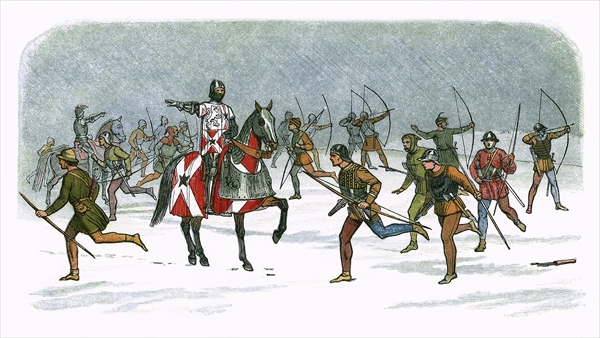
By midday, the tide of battle was turning decisively in the Lancastrians’ favor. They had taken the top of the ridge and pushed the Yorkists back across the plateau they held, almost to the downslope at the far side. An ambush from the woods on their left further weakened their position.
Norfolk to the Rescue
Just as it seemed that the battle would be lost, salvation arrived. Out of the gloom of winter weather and hard-pressing enemies, the Duke of Norfolk’s force appeared. Marching hard through the snow and mud, they reached Edward’s right flank and took up positions there.
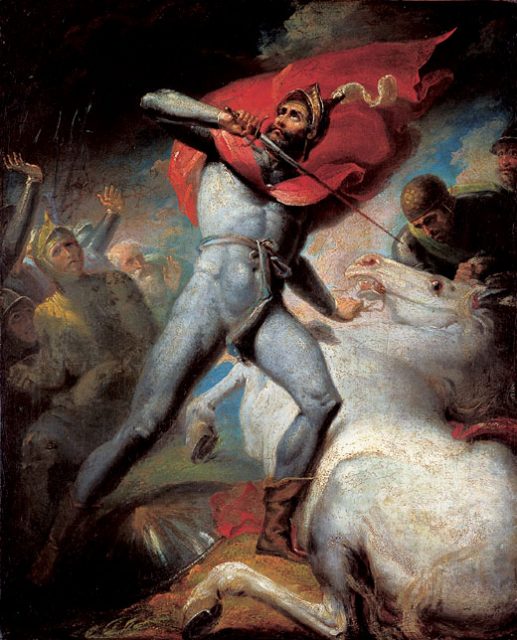
Now the balance of numbers was in the Yorkists’ favor. But like their opponents, the Lancastrians fought on with grim determination. The outcome hung in the balance.
Critically, Norfolk’s arrival didn’t just change the numbers, it also changed the deployment of the lines. The Yorkist right now extended around the Lancastrian left. Norfolk’s men outflanked and turned the edge of the Lancastrian army. The Yorkists started to advance.
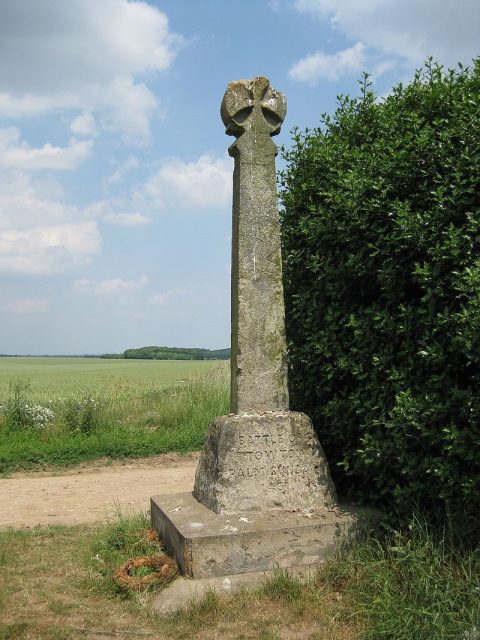
Retreat and Slaughter
The Lancastrian retreat began slowly at first. But as fear and exhaustion took hold, it transformed into a full-on rout. Growing numbers of men fled for their lives. The line collapsed, with the army turning to chaotic retreat.
Weighed down by armor and equipment, it wasn’t easy to get away. Many Lancastrians were slaughtered as they ran. The killing was particularly brutal by the river, where men became bogged down in marshy ground, leaving them vulnerable to their pursuers. By the late afternoon, the battle was over. As the river ran red with blood, Edward could confidently claim that he now ruled England.
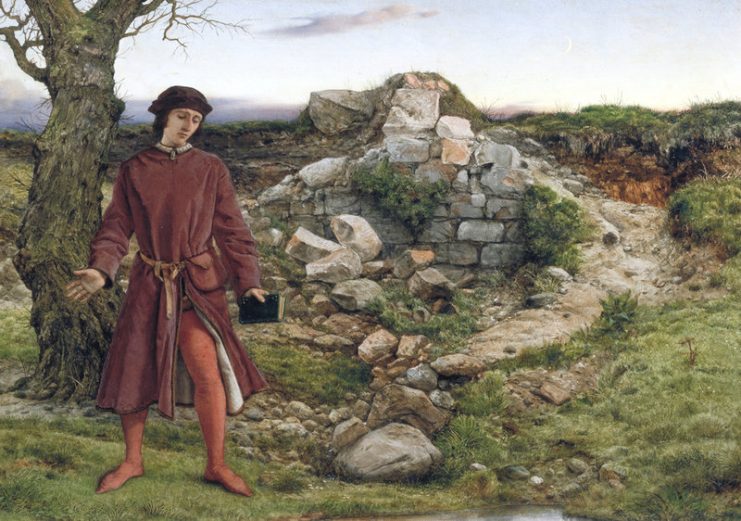
Aftermath
The Battle of Towton seemed decisive. A large portion of the Lancastrian leadership was killed, while the Yorkists lost few men of wealth and power. Edward had proved his worth as a leader and now controlled the country, if not the ousted King Henry.
Read another story from us: No Games of Thrones – The Real War of the Roses
But the Wars of the Roses were far from over. Within a decade, the embers of war would once more stir into flames. And while the nobility suffered some losses, the burden of pain and death would mostly be borne by the same kind of men who suffered most at Towton – ordinary English soldiers.
